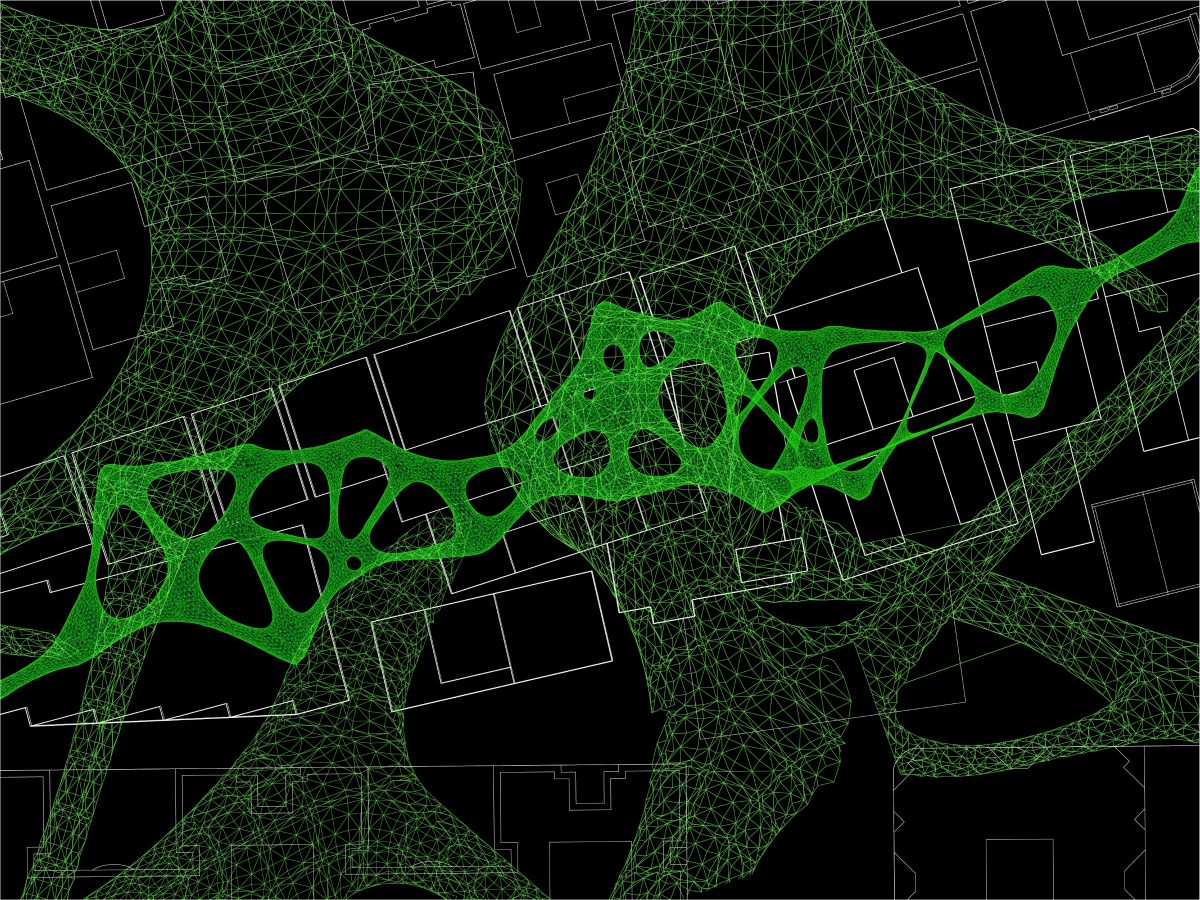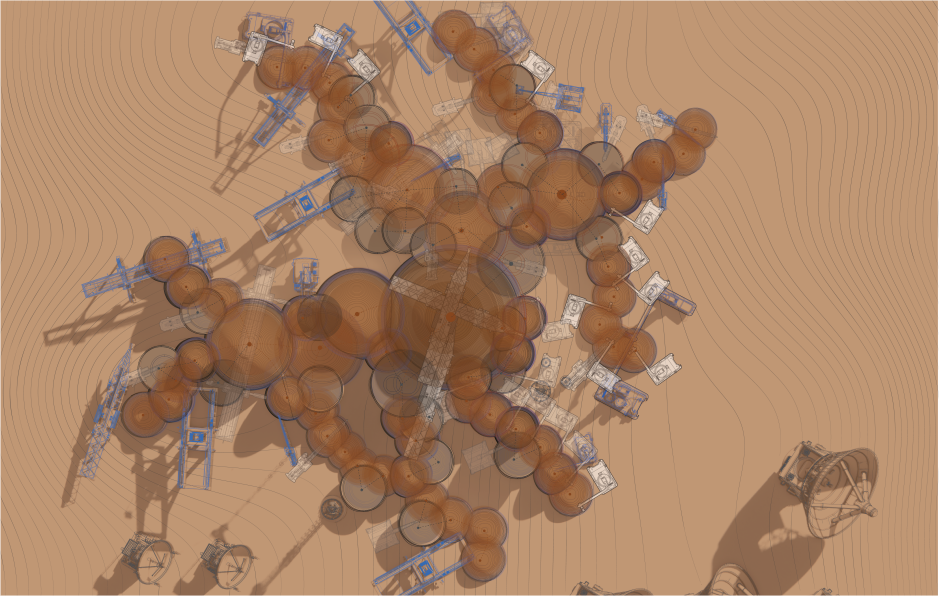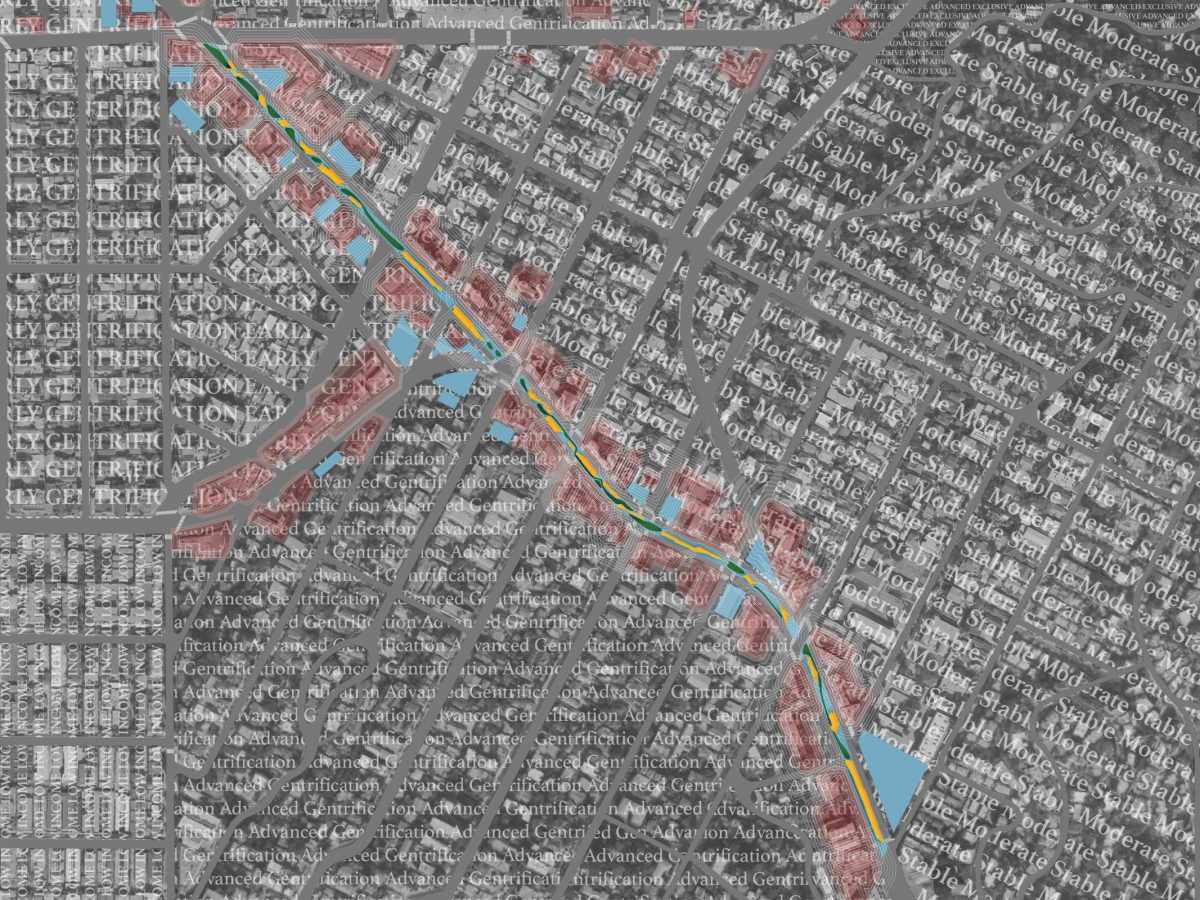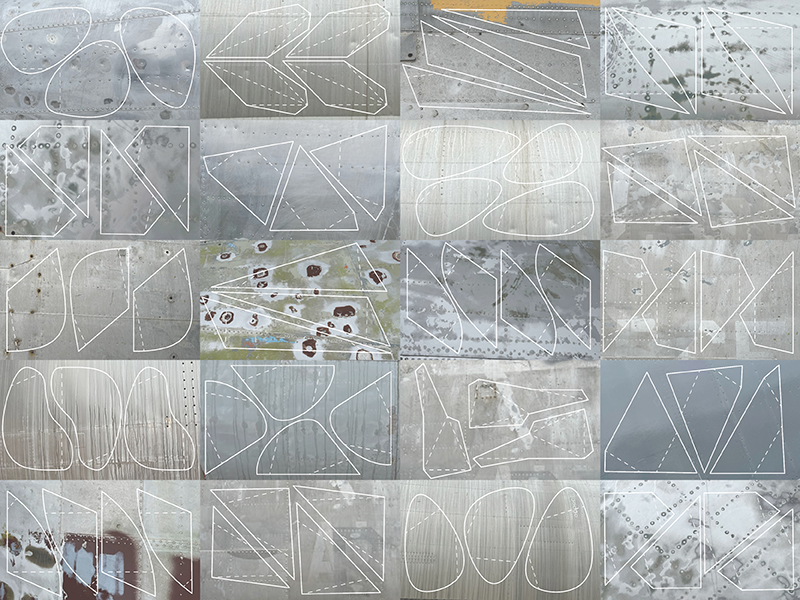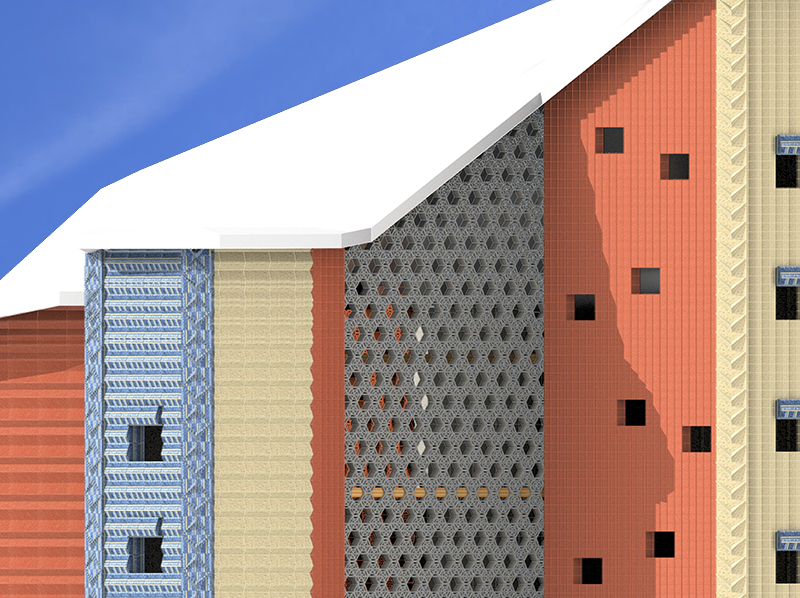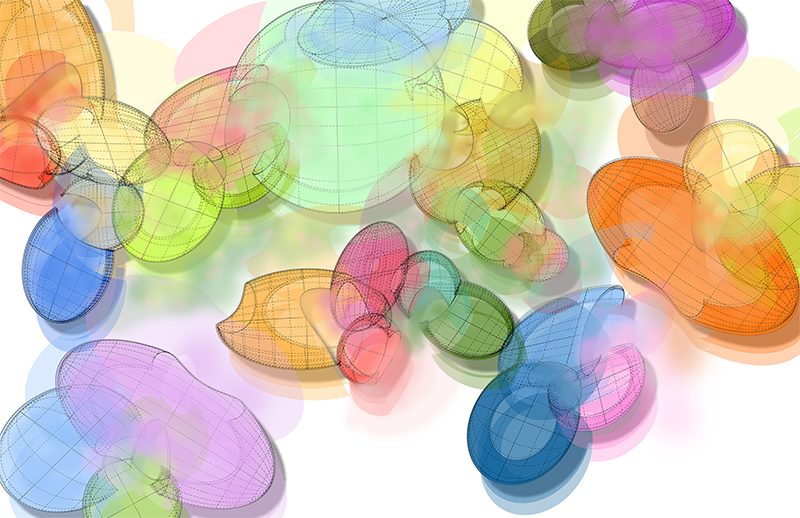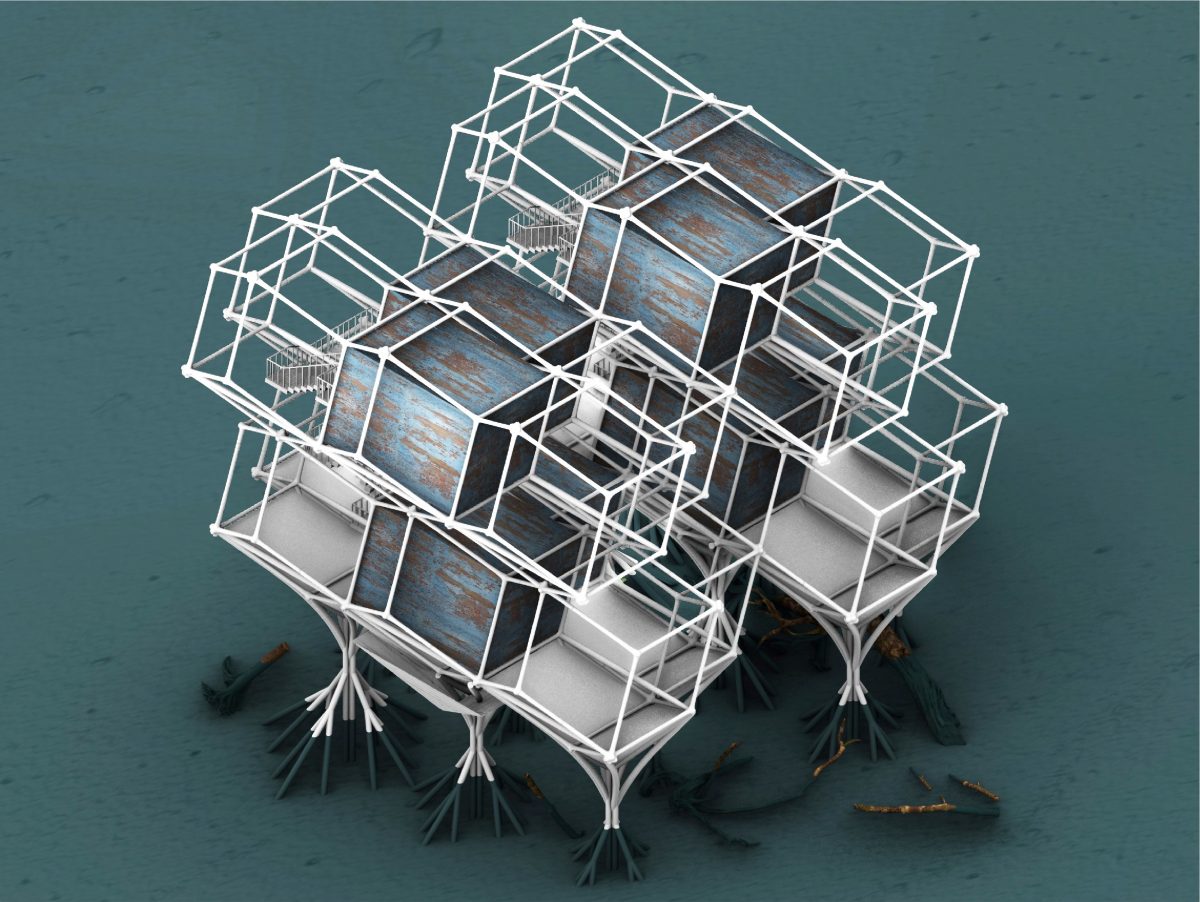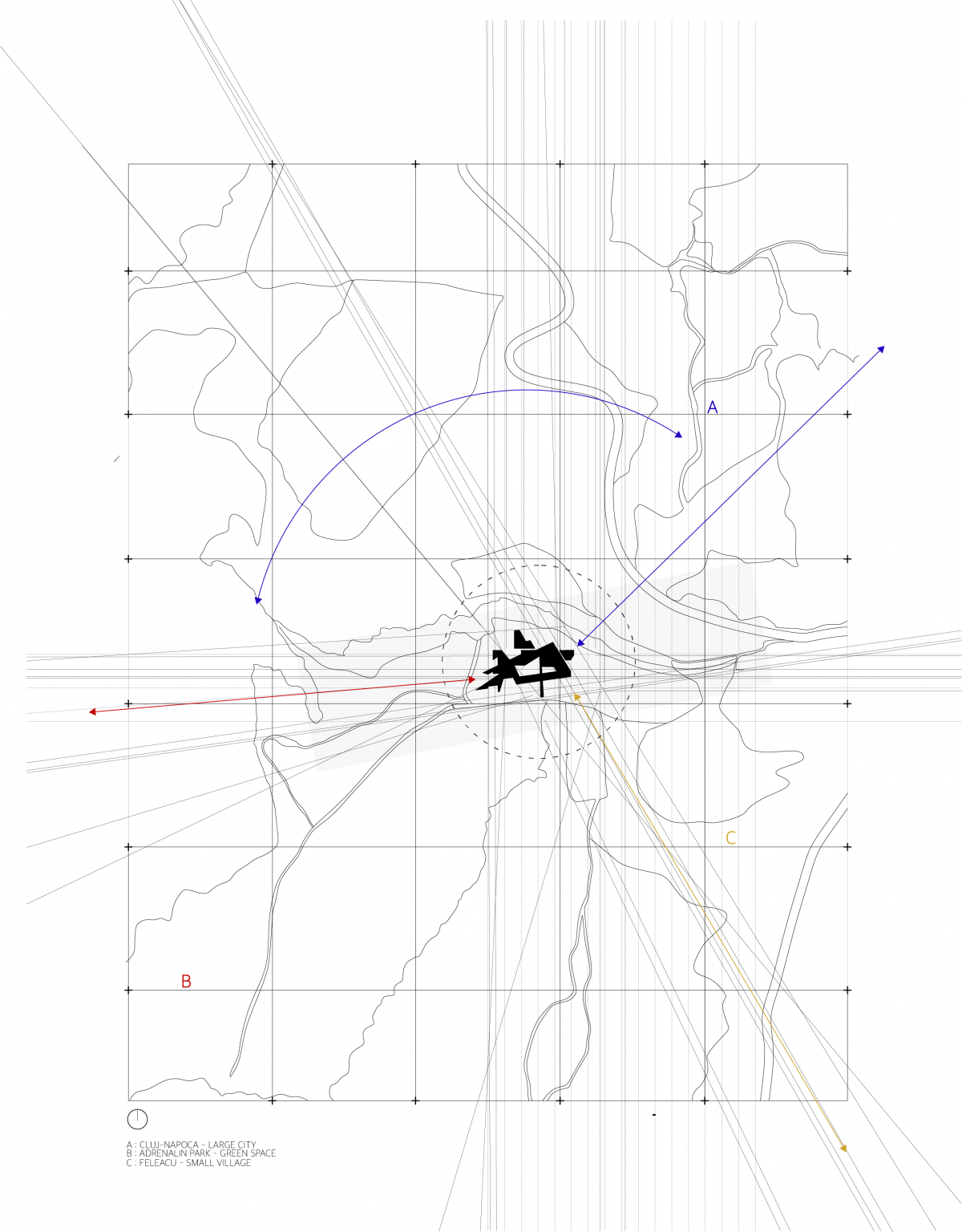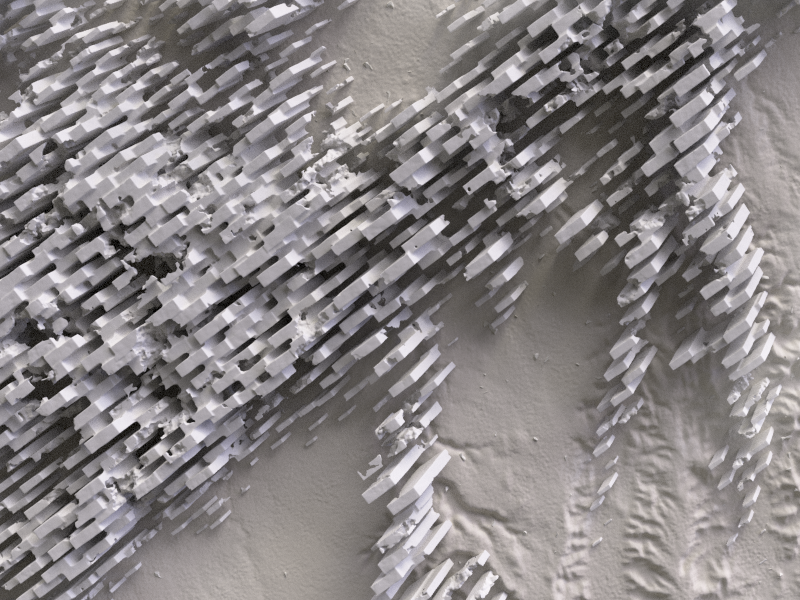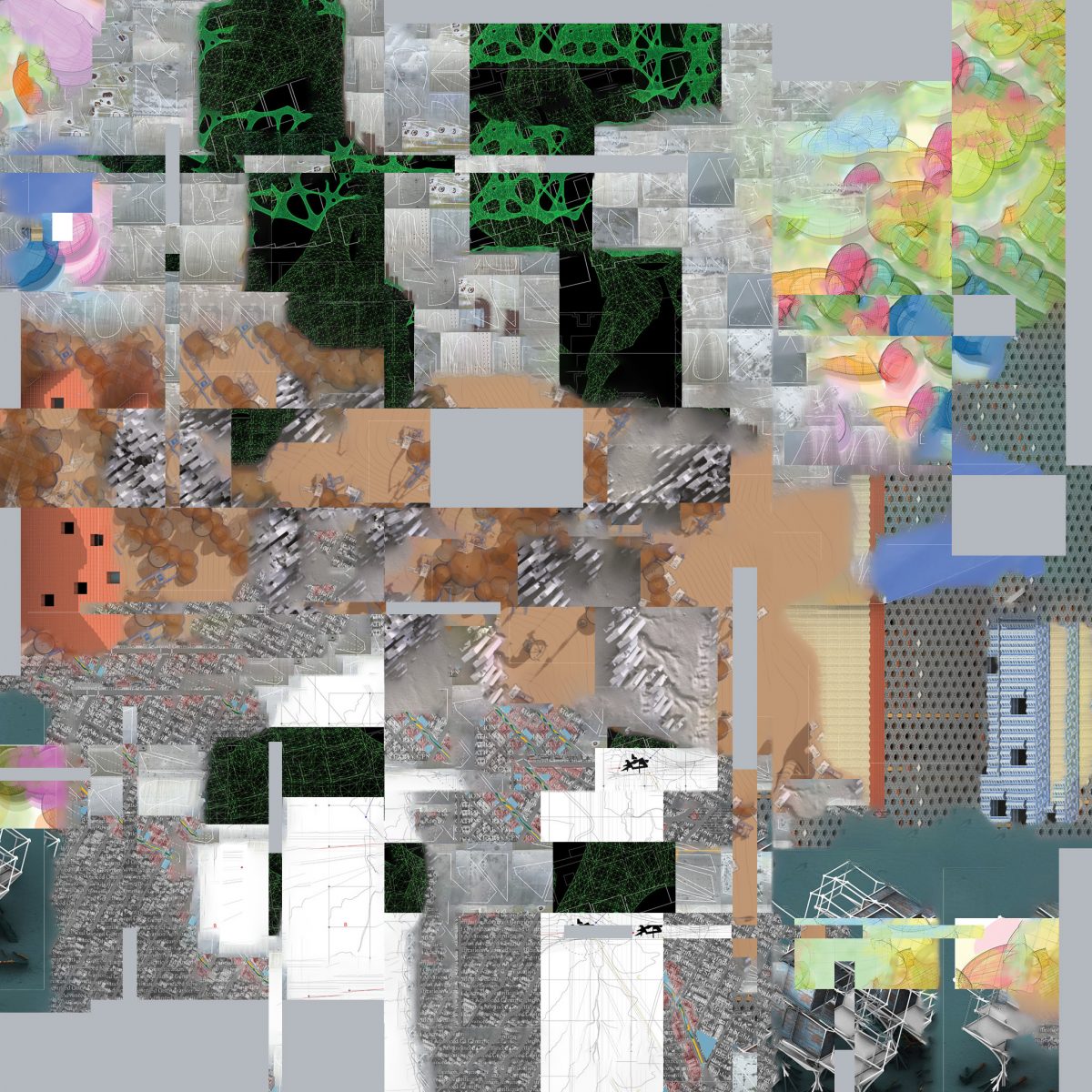Air quality poses a fundamental challenge in nearly all urban contexts. Especially within high-density residential communities, utilizing the built environment (i.e., buildings) to improve air quality and enhance quality of life becomes crucial.
The thesis project proposes a design solution to reduce smog impact in Shenzhen’s urban village. Origami techniques are applied to maximize surface area to capture and neutralize pollutants; Titanium Dioxide coating filters are applied to the folded surfaces.
This approach addresses unique challenges in the urban village while enhancing aesthetics and functionality. By implementing the air filtering forms on the rooftop, added programs alleviate high-density living issues. By focusing on Shenzhen’s urban village, the project highlights urban disparities and offers a scalable solution for similar communities globally.

